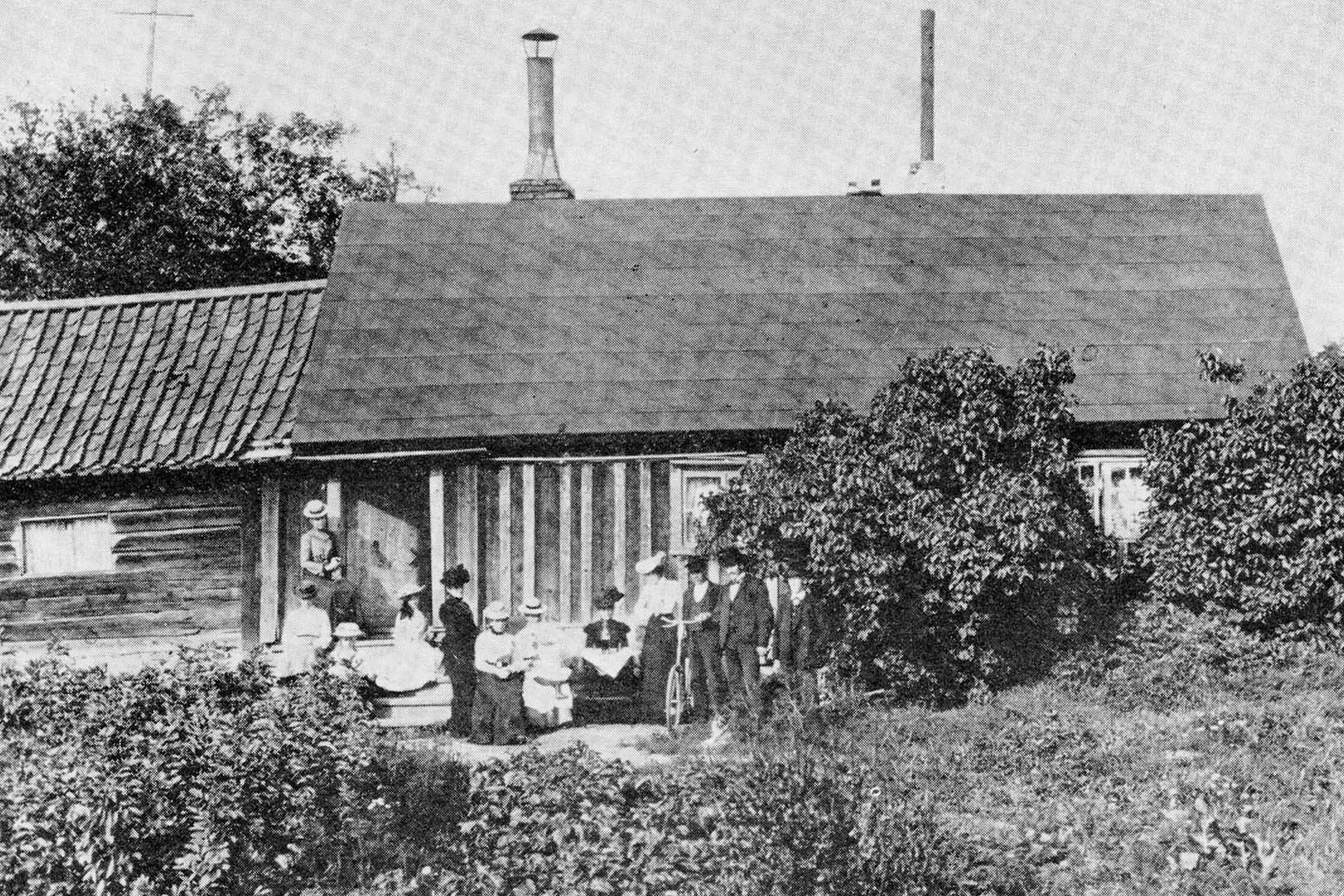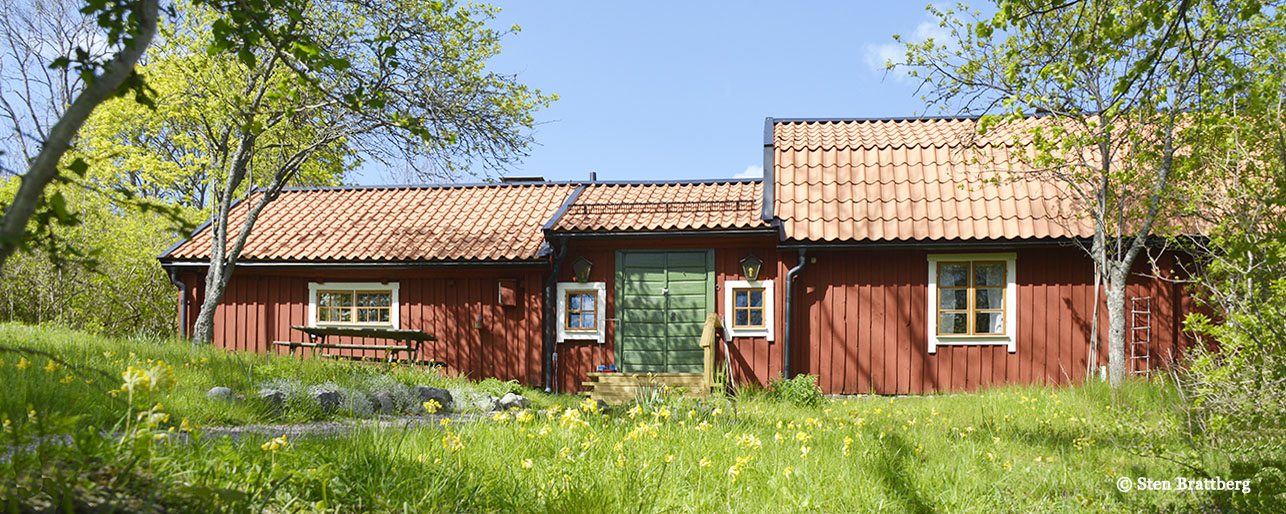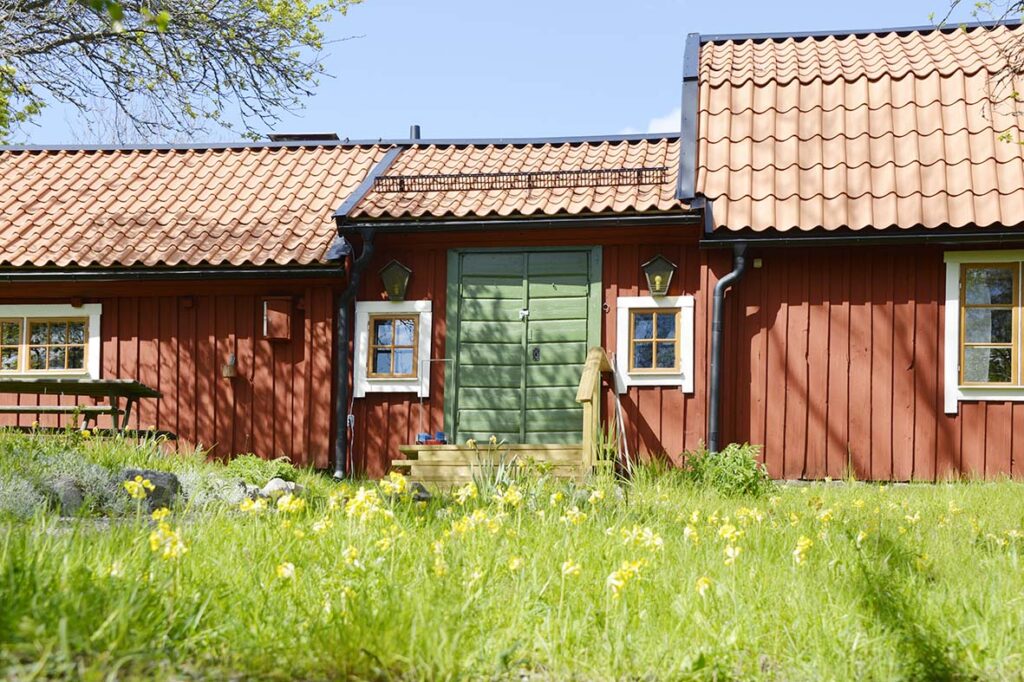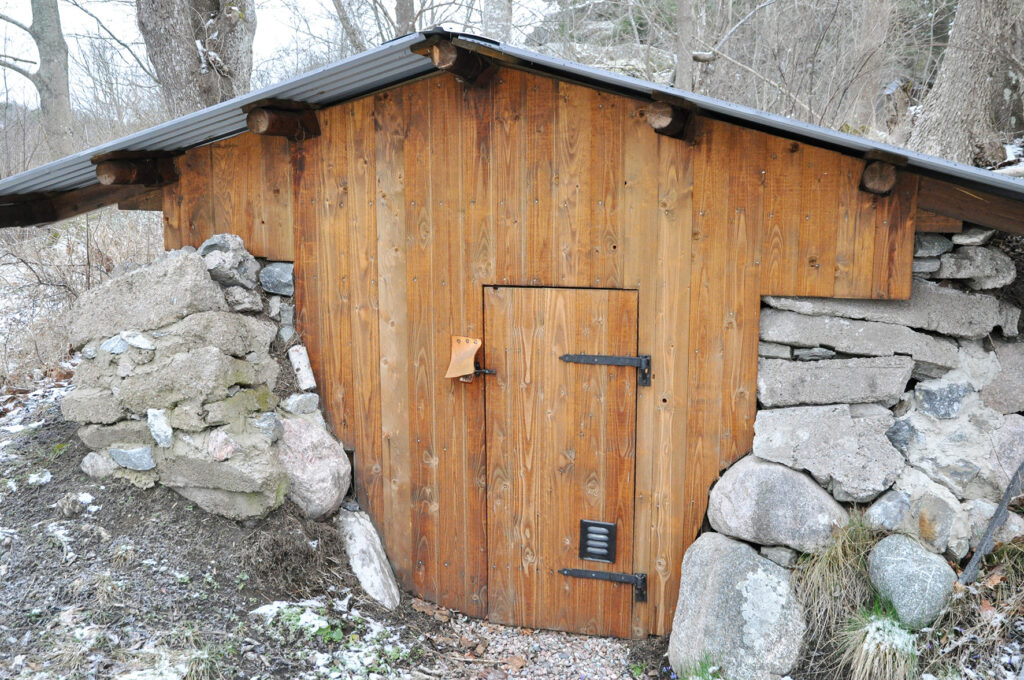The name Neglinge is found in early written documents and can be traced back to the 4th century when people probably lived here.
At that time, Pålnäsviken, Neglingeviken and Vårgärdsjön were small bays and the Neglinge place of residence was then located on a projecting foreland. A likely interpretation could be that the Neglinge place of residence refers to ”those who live on the nail” (=long cape). It can also be connected to the ancient Swedish name Naghle and then refer to ”place of residence for Naghle’s descendants”.
Regardless of these interpretations, Ärnwidder in Näglingä is the first named person who lived on the site. His name can be found in a document from 1369 and he probably leased land in Neglinge which then consisted of several farms gathered in one village.
Over the years, the farms have not been farmed by self-employed farmers, but the farms belonged to lords’ estates and were leased by farmers or rural dwellers.
If you want to immerse yourself into Neglinge By’s history, you will find interesting reading in Barbro Strandman’s ”NEGLINGE BY”, which you can read here on the association’s website.
At the beginning of the 18th century, the farms in Neglinge village are mentioned as Västergården, Mellangården and Nedergården , which is also called Östergården. The three farms, which can be described as small archipelago homesteads of ½ mantal (assessment unit of land) were leased until the middle of the 19th century by various local farmers. From 1853, Neglinge By turns into Neglinge Gård and is leased and used as one unit.
Neglinge was included in the area that was sold in 1899 to KA Wallenberg and the railway company. The farm then got a new owner, but farming continued for some time until 1911. After 1911, the farm was rented out as housing to various professional categories that were needed to build up the future villa community Saltsjöbaden.
In connection with Saltsjöbaden’s 50th anniversary in 1959, the Railway Company Stockholm-Saltsjön donated Neglinge Gård to the the community. Before the gift was handed over to the community, the company had the houses thoroughly restored.
Neglinge Gård is today owned by Nacka Municipality and managed by Saltsjöbaden’s Homeland Association and Saltsjöbaden’s Handicrafts Association.

Of the original buildings remains today:
The Main building, the Bindstugan, the Barn and an underground cellar.
The Main building
The main building at Neglinge Gård is the remainder of the former Mellangården. The oldest, western part of the building is probably from the beginning of the 18th century.
The Bindstugan
located south of Slingerstigen, is a couple cottage that was demolished and rebuilt in connection with the restoration of Neglinge Gård. By all accounts, it is Nedergården’s couple cottage that we have preserved, but in somewhat altered condition.
The Barn
The third remaining building is the Barn. The barn is located next to Bindstugan and is a storage building where feed, grain and tools may have been stored in the past
Underground cellar
At the beginning of the 20th century, an underground cellar was built at Neglinge farm. It came to decay over the years and was partially demolished. In 2021, extensive work was done to restore and rebuild the cellar in order to demonstrate the possibilities of storing food at the time.
You can read more about its buildings by clicking on the respective picture below.





